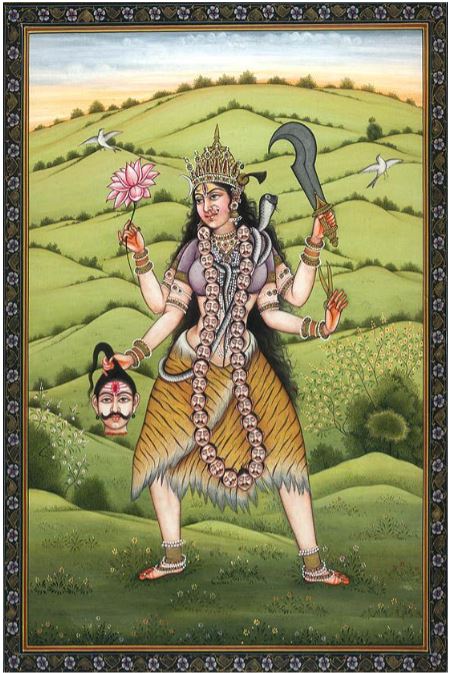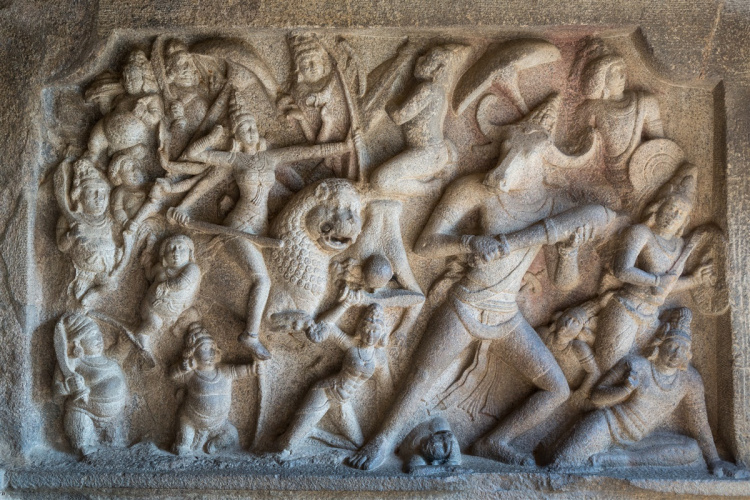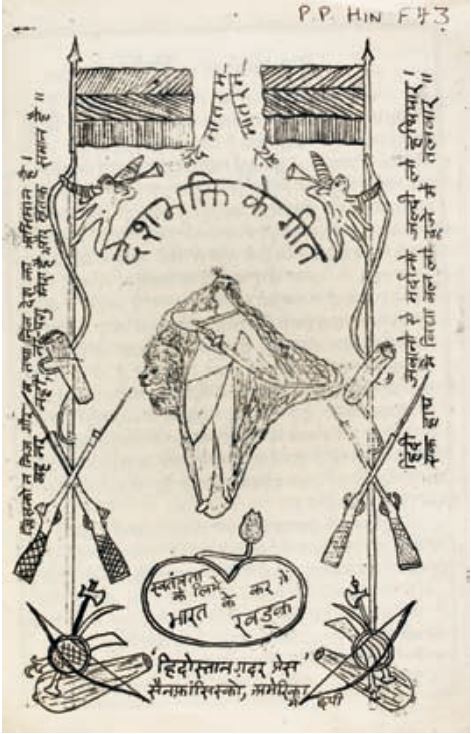
Meghnad Saha a well-known Indian Physicist had made stellar contributions to the theory of thermal ionization and its application to stellar spectra, an astrophysicist Svein Rosseland writes,
1/n
1/n

"The impetus given to astrophysics by Saha’s work can scarcely be overestimated, as nearly all later progress in this field has been influenced by it." Along with being a Physicist, Saha was a staunch nationalist impressed with the revolutionary ideas and hence,
2/n
2/n
associated himself with the Anushilan Samiti. During World War-I, Saha was assigned the task of collecting weapons from the vessel, however, the ship was intercepted by the British and the mission failed.
3/n
3/n
Meghnad Saha was extremely grieved with the massacre that took place at Jallianwala Bagh, he later remarked, "Everyone in our great country who has his own interest and that of his fellowmen at heart must have felt extremely grieved, nay shocked at diabolical outbreak …
4/n
4/n
leading to violence and large scale massacre of innocent people, which have disfigured the history of this country at this present momentous epoch. These incidents have degraded us before the whole world and
5/n
5/n
have rendered the prospects of a peaceful betterment of conditions of living for the common man in this country an extremely remote one."
Today marks the 127th Birth Anniversary of the astrophysicist cum Nationalist!
Image Reference: India Today!
n/n
Today marks the 127th Birth Anniversary of the astrophysicist cum Nationalist!
Image Reference: India Today!
n/n
• • •
Missing some Tweet in this thread? You can try to
force a refresh








